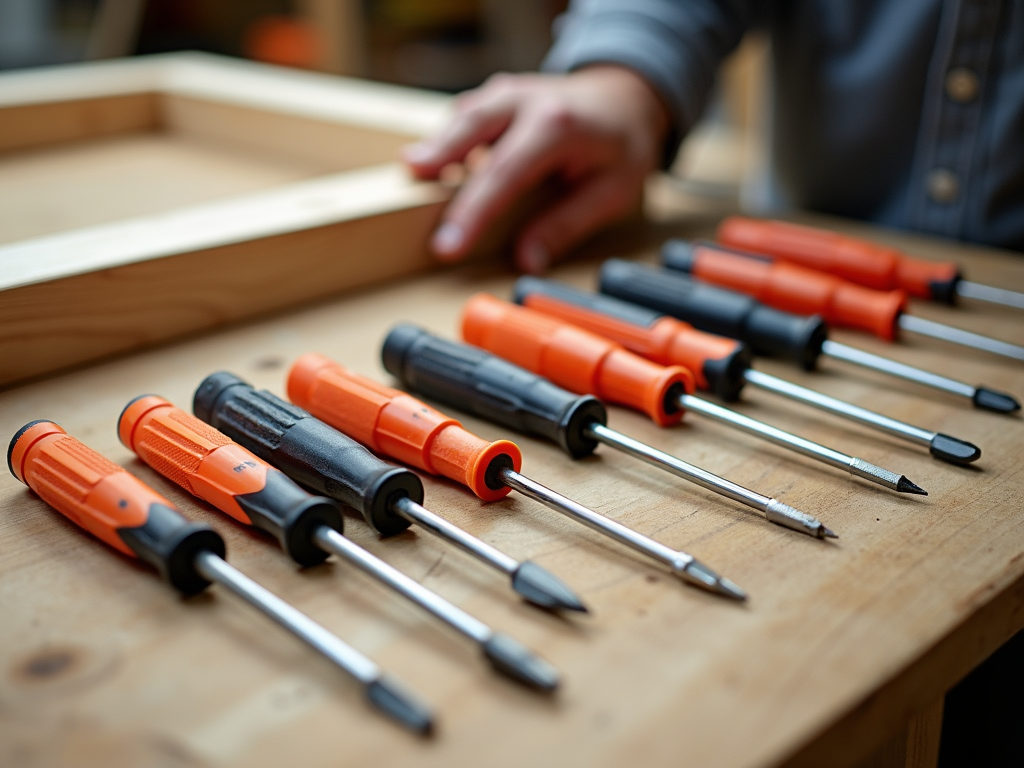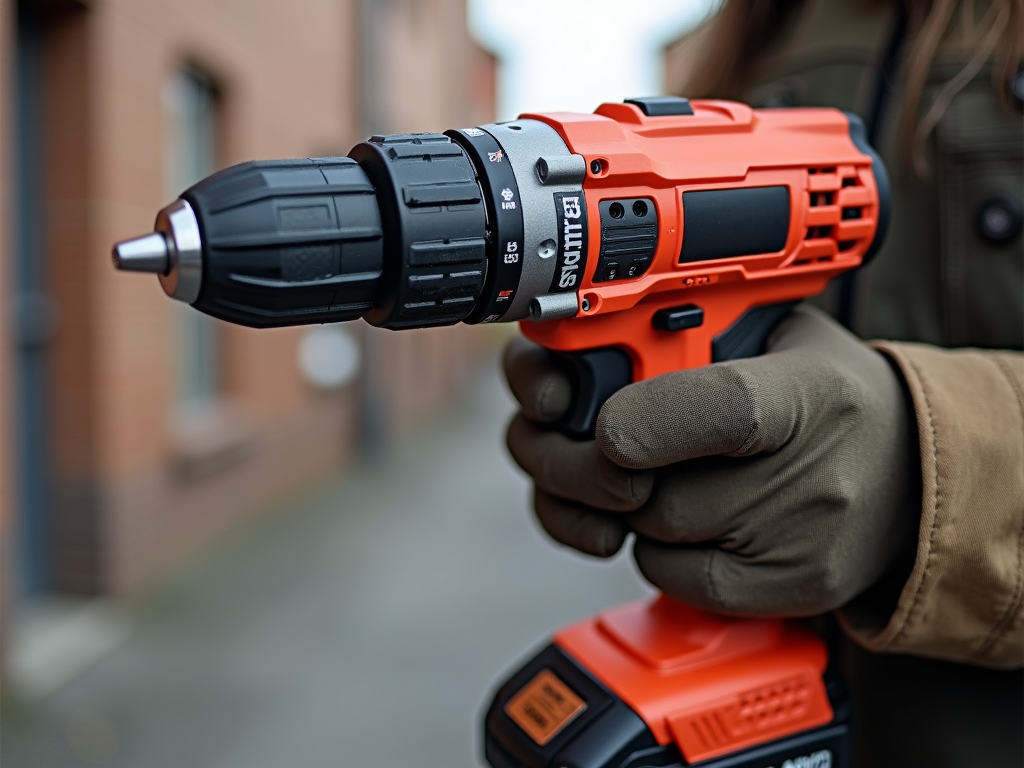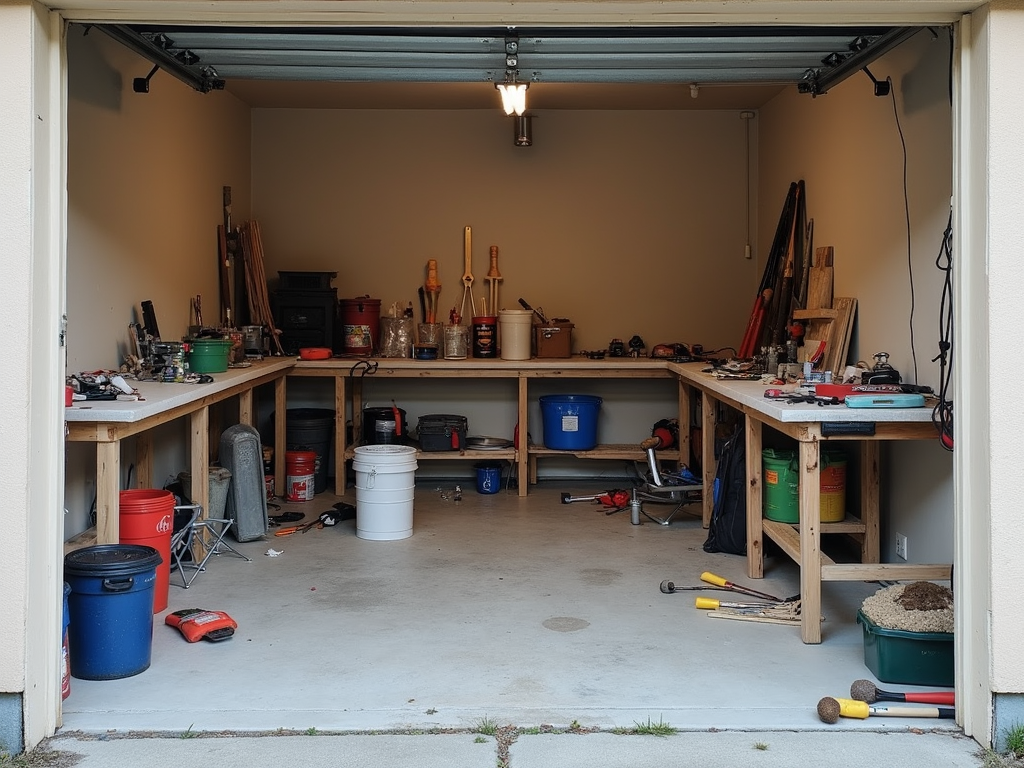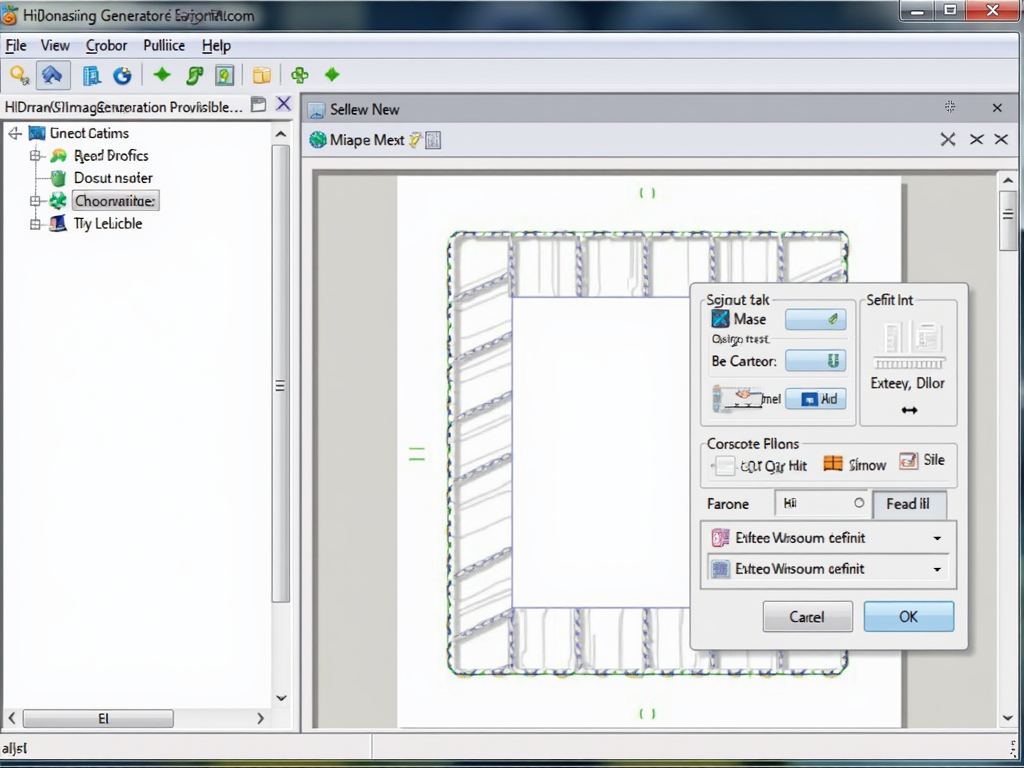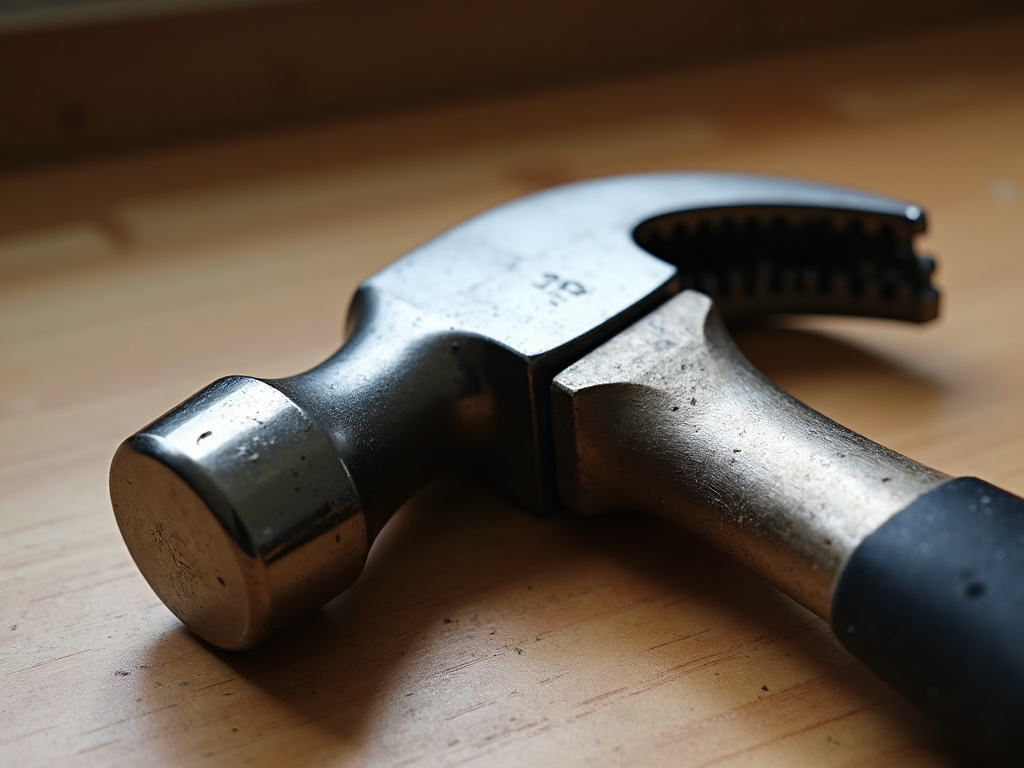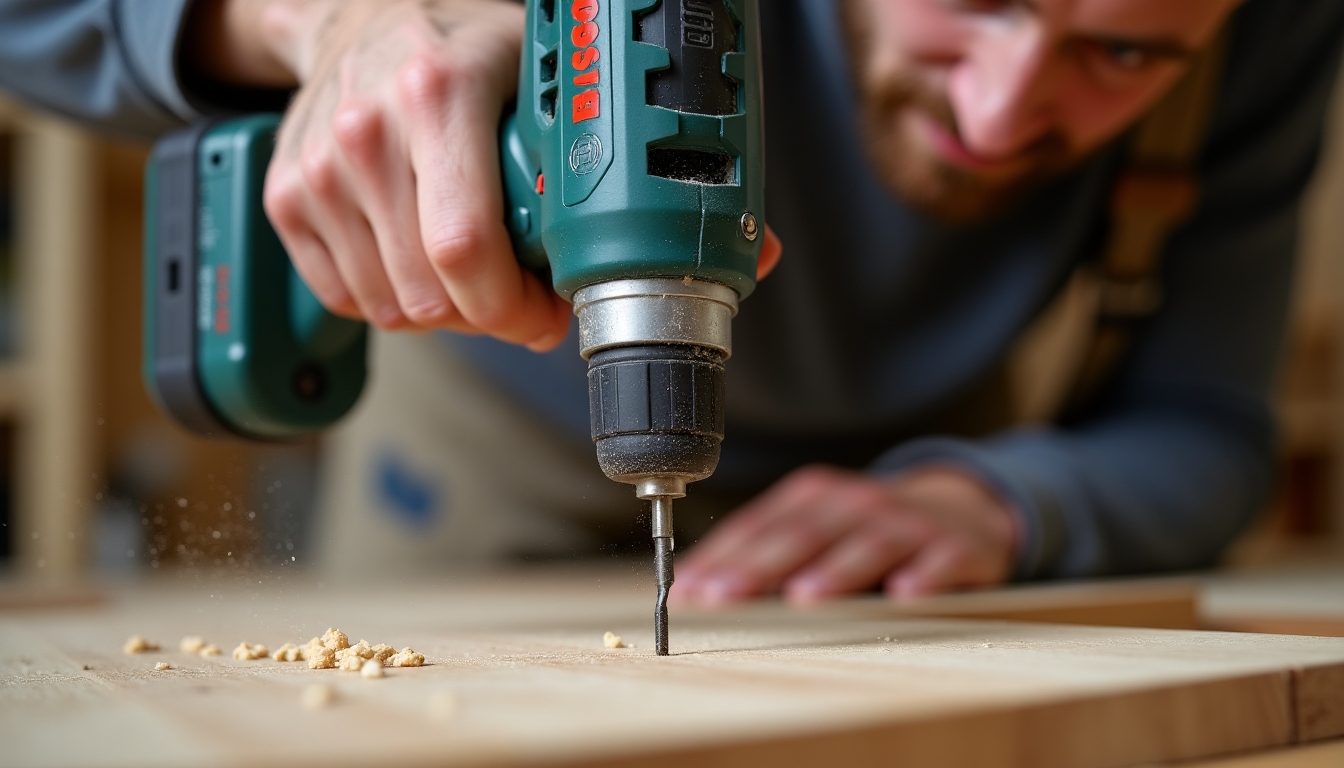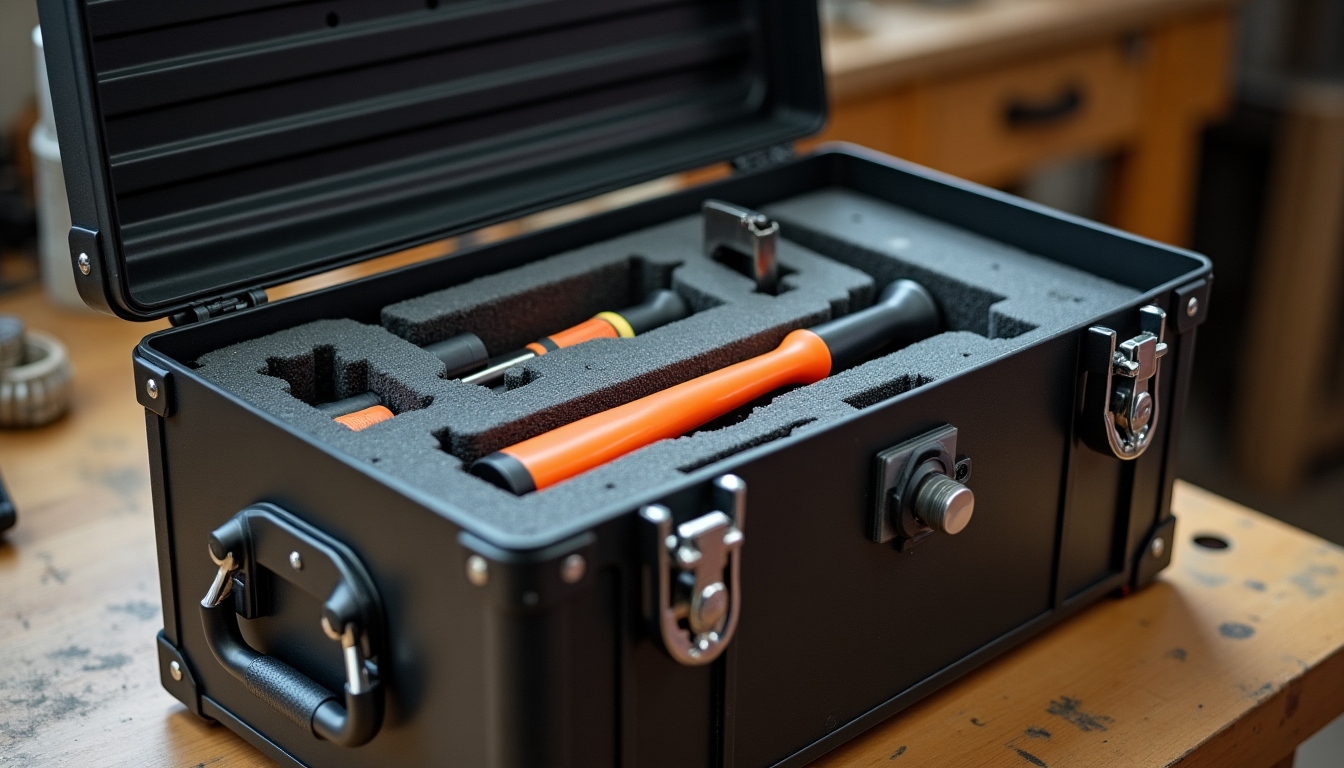Overview
Workshop equipment maintenance tips can transform your workspace. Well-kept workman tools boost safety, save money, and improve project results. This guide offers practical advice to maintain your workshop equipment effectively.
Introduction
Your workshop equipment is the heart of every project. Power drills, hand saws, and heavy machinery all need care to perform well. Without it, tools wear out fast, become unsafe, or fail when you need them most. I’ve seen this firsthand—years ago, I skipped maintenance on my table saw. Mid-project, the dull blade chewed up a piece of wood and nearly took my finger with it. That taught me a lesson. Now, I keep my tools in top shape, and I’m sharing these workshop equipment maintenance tips to help you do the same. Let’s dive into simple, actionable steps to keep your workman tools reliable and safe.
Why Maintenance Matters
Maintaining workshop equipment isn’t just about neatness. It’s about results. Regular care stops rust, keeps blades sharp, and prevents breakdowns. It also protects you—poorly maintained tools cause accidents. A National Safety Council report says proper maintenance cuts workshop injuries by up to 30%. Plus, it saves cash. Replacing a $200 drill because I ignored dust buildup taught me that lesson. With these workshop equipment maintenance tips, you’ll avoid my mistakes and keep your tools working longer.
General Maintenance Tips
Some rules apply to all workman tools. Follow these basics to keep everything in shape.
Clean After Every Use
Dirt and dust harm tools. For power tools, grab a can of compressed air and blow out vents. I use a soft brush on my drill’s chuck to clear debris. Hand tools just need a quick wipe with a dry cloth. If grease sticks, a dab of mild soap works—rinse and dry fast to stop rust.
Store Smart
Moisture ruins tools. Store them in a dry spot, away from damp corners. I use a toolbox with silica gel packs to soak up humidity. Pegboards keep my screwdrivers and wrenches organized and off the floor.
Check Regularly
Look over your tools weekly if you use them a lot, monthly if not. Spot loose screws, worn cords, or dull edges early. I once ignored a frayed cord on my sander—sparks flew next time I plugged it in. Don’t wait for trouble.
Lubricate Moving Parts
Tools with gears or hinges need oil. Check your manual for the right type—light machine oil works for most power tools. I dab a bit on my pliers’ pivot point monthly; they move like new. Don’t overdo it—too much oil attracts dirt.
Calibrate When Needed
Precision matters for tools like levels or calipers. Test them against a known standard every few months. My tape measure drifted off by an eighth of an inch once—calibrating it saved my next cut.
Quick Maintenance Checklist
- Wipe down tools after use
- Store in a dry, organized spot
- Inspect for damage weekly
- Oil moving parts as needed
- Test accuracy on precision tools
Tips for Specific Workshop Equipment
Different tools need tailored care. Here’s how to handle the big categories.
Power Tools
Power tools like drills and saws take a beating. Keep them running with these steps:
- Replace Worn Bits: Dull drill bits or saw blades slow you down. Swap them out when they wear. I keep spares handy.
- Battery Care: For cordless tools, don’t overcharge. Store batteries at room temp—I learned this after frying a battery in a hot shed.
- Cord Check: On corded tools, look for cuts or frays. A damaged cord on my grinder shocked me once—literally. Fix or replace it fast.
Hand Tools
Hand tools seem simple, but neglect them and they’ll let you down.
- Dry Them Out: Water rusts metal. After a sweaty job, I dry my wrenches with a rag. No exceptions.
- Sharpen Edges: Chisels and planes need a keen edge. I use a whetstone every few uses—takes five minutes, saves hours.
- Fix Handles: Loose wooden handles wobble. Tighten them with a hammer or replace if cracked. My old mallet split mid-swing once—scary stuff.
Machinery
Big equipment like lathes or table saws needs extra attention.
- Stick to the Schedule: Follow the maker’s maintenance plan—oil changes, belt swaps, whatever it says. My band saw purrs because I do.
- Keep It Clean: Sawdust jams gears. I vacuum my table saw after every job. Lubricate afterward.
- Test Safety Features: Guards and stop buttons save lives. Check them monthly. A stuck guard on my old miter saw nearly cost me a thumb.
Safety First
Good maintenance keeps you safe. Skip it, and tools turn dangerous.
- Unplug Before Fixing: Power tools can start up unexpectedly. I unplug my jigsaw every time I tweak it.
- Wear Gear: Safety glasses and gloves are non-negotiable. Dust flew in my eye once—learned that lesson fast.
- Read the Manual: Each tool has quirks. Manuals tell you how to maintain them right. Check OSHA’s tool safety tips for more.
- Trash Waste Right: Old oil or rags can spark fires. Dispose of them per local rules.
Mistakes to Skip
I’ve messed up plenty. Avoid these traps:
- Ignoring Maintenance: Delaying it wrecks tools. Schedule it like a dentist visit.
- Wrong Oil: Using car oil on a drill gums it up. Stick to tool-specific stuff.
- Over-tightening: Too much force strips screws. Snug, not crushed, is the goal.
- Dismissing Noise: Weird sounds mean trouble. My sander whined before it died—should’ve checked it.
- Bad Storage: Tools left out rust or break. I lost a good saw to rain once.
Tool Lubricant Guide
| Tool Type | Best Lubricant |
|---|---|
| Power Tools | Light machine oil |
| Hand Tools | Spray oil (e.g., WD-40) |
| Machinery | Per manual |
Check your tool’s guide before oiling.
Summary
Workshop equipment maintenance tips keep your workman tools ready and safe. Clean them, store them right, check them often, and oil them up. Specific care for power tools, hand tools, and machinery pays off in performance and peace of mind. Start today—your tools (and wallet) will thank you.
Related workshop equipment maintenance tips:
- Workshop Organization Made Simple
- How to Choose the Right Workbench for Your Needs: A Comprehensive Guide
- Top 10 Must-Have Tools for Every Construction Worker
- Power Tool Evolution: A Detailed History
- Mastering Small Space Organization: Tips for Workman Tools
- From Digital to Physical: Using HiDream Image Generator to Plan Your Rotary Tool Projects
- Top 10 High-Quality Workman Tools for Professionals
- Revolutionizing Workshops: What's New in Workshop Tech
- Selecting the Right Tools for Your Automotive Needs
- Hand Tools Storage Solutions: A Comprehensive Guide
- The Ultimate Guide to Cleaning Your Car with a Power Washer
- The Impact of AI on Factory Safety


